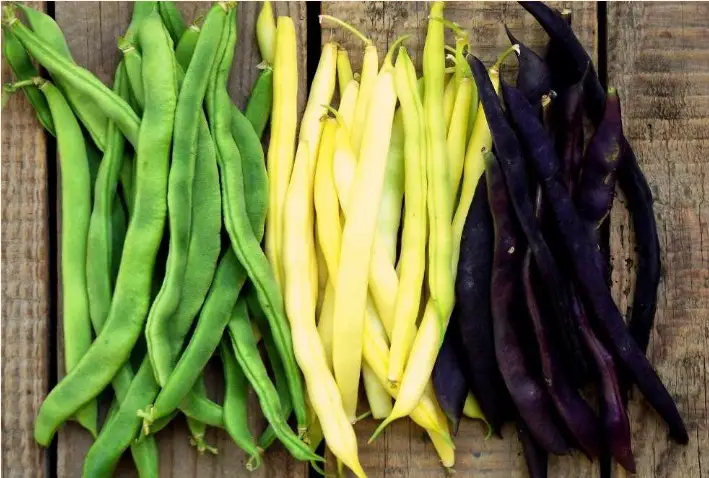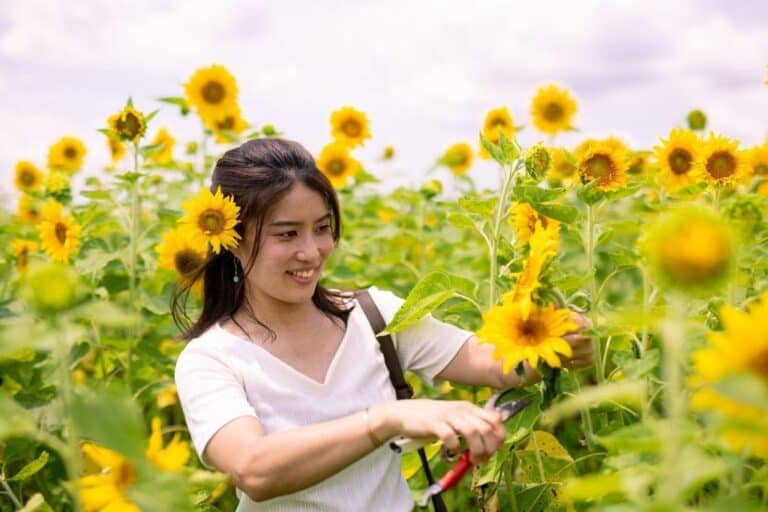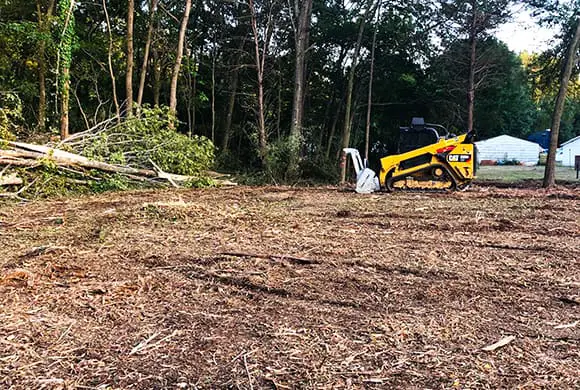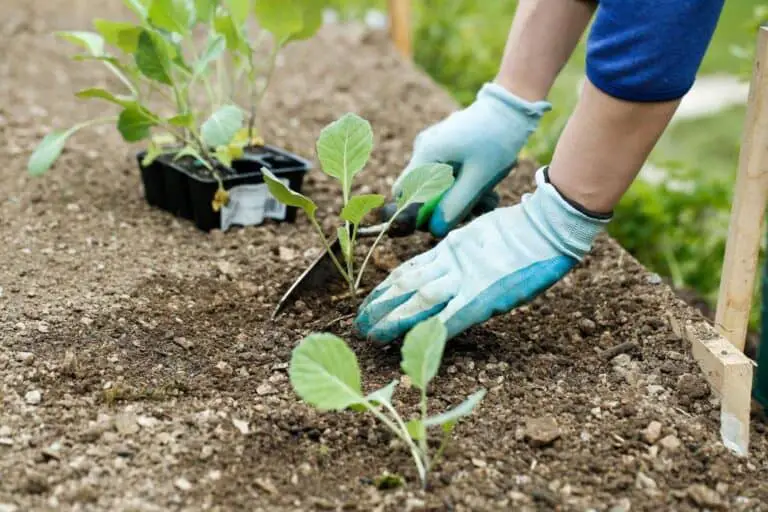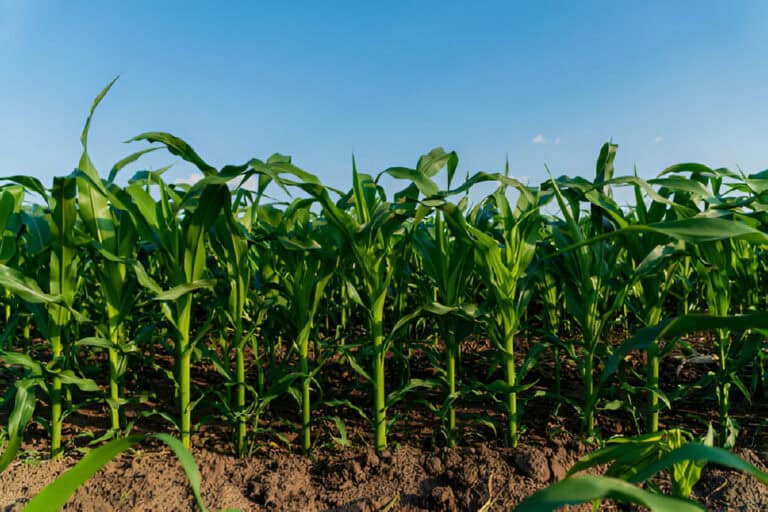Where Does Broccoli Grow Naturally? Does Broccolli Grow in the Wild?
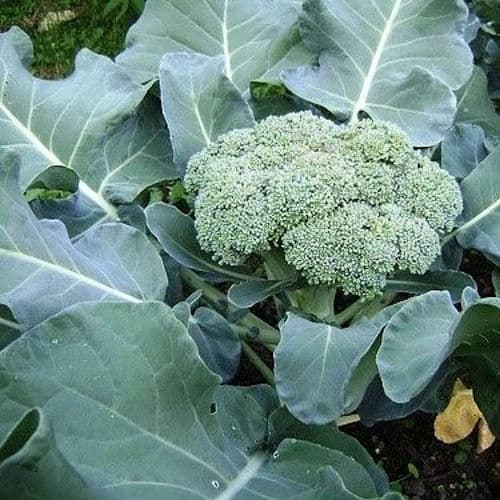
Broccoli is a popular cruciferous vegetable that is loved by many. Its unique flavor and texture make it a staple in many households around the world. However, have you ever wondered where broccoli grows naturally? Does it grow in the wild?
In this article, we’ll explore the origins of broccoli, where it grows naturally, and whether or not it can be found in the wild. Get ready to learn some interesting facts about one of our favorite vegetables!
Where Does Broccoli Grow Naturally?
Broccoli is native to the eastern Mediterranean and Asia Minor. It is typically grown in temperate climates, such as those found in Europe, North America, and parts of Asia. While it is not clear whether broccoli was originally found growing in the wild, it has been cultivated by humans for centuries.
Broccoli is a cultivated crop that does not grow naturally in the wild. It is a domesticated form of wild cabbage, Brassica oleracea, which is native to the Mediterranean region. Wild cabbage plants are found growing along the rocky coastline of southern and western Europe, and they have been cultivated for thousands of years for their edible leaves.
Over time, different varieties of wild cabbage plants were developed through selective breeding, resulting in the development of new crops such as cauliflower, kale, Brussels sprouts, and broccoli. These crops were developed for their edible flower heads, rather than their leaves.
Can Broccoli Be Found Growing in the Wild?
Broccoli does not grow in the wild. It is a hybrid or cultivar, created by the ancient Romans and cultivated by breeding practices using a type of wild cabbage. Broccoli is a genetically bred vegetable and is not found naturally in the wild. It has been developed through centuries of careful plant breeding.
While broccoli does not grow in the wild, it is possible to find wild cabbage plants that are closely related to broccoli. These plants are often referred to as “wild broccoli” or “broccolini,” and they can be found growing in the Mediterranean region, as well as in parts of Asia and Africa.
Wild broccoli is a smaller and more delicate version of cultivated broccoli, with thinner stems and smaller flower heads. It is often used in Mediterranean cuisine and can be found in specialty markets and some farmer’s markets.
Which Areas are Ideal for Growing Broccoli?
When it comes to growing broccoli, certain areas boast the ideal conditions that foster its successful cultivation. Broccoli thrives in regions with cool climates, where temperatures range between 45 and 75 degrees Fahrenheit (7 to 24 degrees Celsius). These moderate temperatures provide the perfect balance for broccoli’s growth, allowing it to develop its signature tight, compact florets and tender stalks.
Additionally, broccoli prefers regions with full sun exposure, typically requiring at least six hours of direct sunlight daily to reach its full potential.
Moisture is another critical factor in broccoli cultivation. While the vegetable requires consistent watering, it is essential to strike a balance. Overwatering can lead to root rot and other diseases, while underwatering can result in stunted growth and diminished yields.
Adequate drainage is crucial to prevent waterlogged soil and maintain a healthy root system. Mulching the soil around the plants can help retain moisture while preventing weed growth, ensuring optimal growing conditions for broccoli.
Furthermore, the soil composition plays a significant role in broccoli cultivation. Broccoli thrives in well-draining, fertile soil that is rich in organic matter. Amending the soil with compost or well-rotted manure before planting can enhance its nutrient content and improve its structure.
The soil pH level should ideally range between 6.0 and 7.5, slightly on the acidic side. Conducting a soil test can provide valuable insights into its composition, allowing adjustments to be made to create an optimal environment for growing healthy broccoli.
By considering these factors—temperature, sunlight, moisture, and soil composition—gardeners and farmers can identify the areas that are best suited for growing broccoli. With the right conditions in place, broccoli plants can thrive, producing bountiful harvests of nutritious and delicious florets for culinary enjoyment.
What Is the History of Broccoli’s Domestication?
The history of broccoli’s domestication is a fascinating journey that dates back thousands of years. Its origins can be traced to wild cabbage, which grew along the coasts of the Mediterranean region. Ancient civilizations, such as the Romans and the Greeks, recognized the potential of this wild cabbage and began selectively breeding it for culinary purposes.
Early domestication efforts focused on developing improved variations with larger and tastier flower heads. Over time, through careful selection and cultivation, the wild cabbage transformed into the vegetable we now know as broccoli. The process of domestication involved selecting plants with desirable traits, such as compact florets and tender stalks, while gradually discarding plants with less favorable characteristics.
Broccoli’s popularity as a cultivated crop continued to spread throughout Europe and eventually reached the Americas during the colonial era. However, it wasn’t until the 20th century that broccoli gained widespread recognition and became a staple vegetable in many households.
Its nutritional value and versatility in cooking contributed to its growing popularity, leading to further advancements in breeding techniques to create different varieties to suit various climates and growing conditions.
Today, broccoli stands as a testament to the ingenuity and perseverance of our ancestors who recognized the potential of wild cabbage and transformed it into a beloved and nutritious vegetable through generations of selective breeding. Its domestication journey showcases the deep connection between humans and plants, as we have shaped and cultivated nature’s offerings to suit our tastes and needs.
Read: When to Plant Broccoli for a Bountiful Fall Harvest
Adaptation of Broccoli to Other Environments
Broccoli is a cool-weather crop that is widely cultivated in various regions of the world. While it has its natural range, broccoli has also been successfully adapted to different environments across the globe. This adaptability is due to the plant’s ability to adjust to different climates, soils, and growing conditions.
One of the most notable adaptations of broccoli is its ability to grow in different temperature ranges. Broccoli thrives in cooler climates, but it has been successfully grown in warmer regions with the help of heat-tolerant varieties.
In addition to temperature, broccoli can adapt to different soil types as well. While it prefers fertile, well-draining soil, it can still grow in heavier soils with the proper amendments and drainage.
Furthermore, broccoli has been adapted to different growing systems, such as hydroponics and container gardening. Hydroponics is a soilless growing system that uses a nutrient-rich water solution to feed the plants. With this system, broccoli can be grown year-round in controlled environments, making it an ideal crop for urban farming. Container gardening, on the other hand, allows gardeners to grow broccoli in limited spaces, such as balconies or patios.
Another way broccoli has adapted to different environments is through breeding programs. Over the years, breeders have developed new varieties of broccoli that are resistant to pests and diseases prevalent in certain regions. This has made it easier for farmers to grow broccoli in areas where these issues are a significant problem.
Moreover, some broccoli varieties have been adapted to specific cultural practices. For instance, broccoli has been bred to fit into intercropping systems, where it is grown alongside other crops like carrots or lettuce. This practice allows for better space utilization and reduced co
Cultivation of Broccoli for Commercial Use
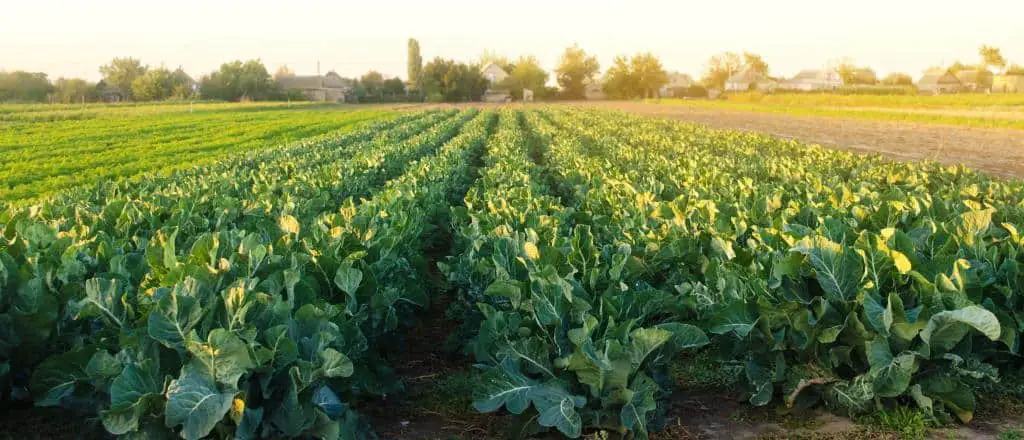
Broccoli is an important commercial crop grown worldwide. The cultivation of broccoli for commercial use involves a series of steps, including land preparation, planting, fertilization, irrigation, pest management, and harvest.
- Land preparation is the first step in commercial broccoli cultivation. It involves clearing the land of any weeds, rocks, or debris, tilling the soil to a depth of 6-8 inches, and adding compost or other organic matter to improve soil fertility and structure.
- Planting is the next step, and it involves the use of broccoli seedlings or transplants rather than direct seeding. Seedlings are started in greenhouses and then transplanted into the field after 4-6 weeks. Transplanting ensures uniform plant growth and reduces the risk of disease and pests.
- Fertilization is important for optimal plant growth and yield. Broccoli plants require nitrogen, phosphorus, and potassium, as well as other micronutrients. Fertilizer is applied before planting and throughout the growing season to ensure that plants have access to the necessary nutrients.
- Irrigation is also critical for broccoli cultivation. The plants require regular and consistent watering to avoid drought stress, which can lead to stunted growth and reduced yield. Irrigation is usually done through drip or overhead irrigation systems, and the frequency and amount of water applied depend on factors such as soil type, climate, and broccoli plant growth stage.
- Pest management is another important aspect of commercial broccoli cultivation. Broccoli is susceptible to a variety of pests, including aphids, cabbage worms, and flea beetles. Pesticides and other pest control measures are used to manage pest populations and prevent damage to the plants.
- Finally, the harvest stage is when the broccoli heads are ready to be picked. The timing of the harvest depends on the variety of broccoli and the desired head size. The heads are typically harvested when they are firm and compact, before they begin to flower.
Where Is Broccoli Cultivated Today?
Today, the majority of the world’s broccoli supply is grown in China, which accounts for nearly half of the global production. Other major producers include India, Spain, Mexico, Italy, and the United States. In the US, California is the leading producer of broccoli, followed by Arizona and Texas.
Let’s take a closer look at some of the major broccoli-producing regions around the world.
China is by far the largest producer of broccoli, accounting for over 45% of the world’s production. The country has a long history of growing and consuming broccoli, and it is a staple vegetable in many regions. In China, broccoli is grown in a variety of different climates and soil types, ranging from the cooler northern regions to the warmer southern provinces.
India is another major producer of broccoli, with the majority of its production concentrated in the cooler northern regions of the country. Broccoli is a relatively new crop in India, but it has gained popularity in recent years as a healthy and nutritious vegetable.
Spain is the largest producer of broccoli in the European Union, with the majority of its production coming from the southern regions of Andalusia and Murcia. The warm and sunny climate in these regions is ideal for growing broccoli, and Spanish growers have developed advanced techniques for producing high-quality broccoli for export.
Mexico is a major producer of broccoli for the North American market, with the majority of its production located in the central state of Guanajuato. Broccoli is a popular vegetable in Mexico, and it is commonly used in traditional dishes like caldo de pollo (chicken soup) and ensalada de coliflor (cauliflower salad).
Italy is known for its high-quality broccoli, particularly the Romanesco variety, which is characterized by its unique fractal-like appearance. Broccoli is grown in various regions throughout the country, with the majority of production taking place in the central and southern regions.
The United States is a significant producer of broccoli, with the majority of its production taking place in California, Arizona, and Texas. Broccoli is a popular vegetable in the United States, and it is grown commercially in large fields as well as in home gardens.
In addition to these major producers, broccoli is grown in many other countries around the world, including Canada, Australia, France, and the United Kingdom. With its many health benefits and versatile culinary uses, broccoli is a beloved vegetable that is enjoyed by people all over the world.

